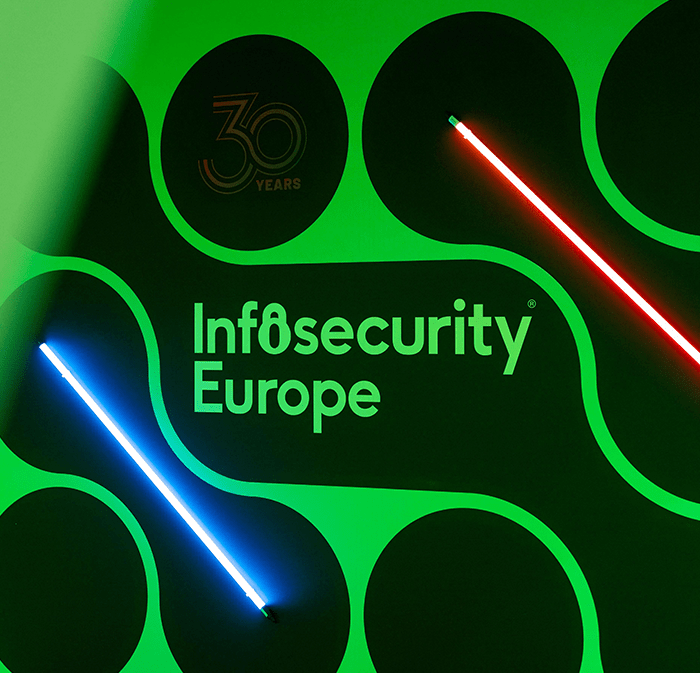In the last decade, the cyber realm has become recognized as one of the five warfighting domains—alongside land, sea, air and space. As the number of cyber attacks skyrocket each year, we need a comprehensive approach for transatlantic security now more than ever. To stay ahead in this arena, artificial intelligence (AI) is a pivotal tool.
The 2024 NATO Summit, which marked 75 years of the alliance, served as a platform for member nations to come together to discuss the future of global security, underscoring the critical role of partnerships between governments and the private sector.
The truth is that there are adversaries who continue to threaten various member states in the cyber domain. The alliance needs to prioritize investment and partnerships around emerging technologies to protect their members from the rapidly-evolving warfare landscape, including relentless cyber attacks.
Emboldened actors and threats on the rise
At the Summit, Secretary General of NATO Jens Stoltenberg acknowledged Russia’s attacks against NATO allies, saying there is a “a pattern, a Russian campaign, organized by their security services to conduct hostile actions,” including cyber attacks against NATO allies. He then promised to boost intelligence sharing “to help allies protect against these actions.”
Watch Video: Secretary General of NATO Jens Stoltenberg on Russian Attacks on NATO Allies
This came on the heels of the Russian’s May cyber attacks on Germany’s defense and aerospace industries. NATO reported that the Russian campaign also targeted government agencies and critical infrastructure in Lithuania, Poland, Slovakia and Sweden.
And Russia is not the only actor employing this war chest against NATO allies. China’s cyber operations and continued disinformation campaigns have been directed at NATO members and continue to undermine the alliance’s strength and security.
Also in May, a major data breach in the UK Ministry of Defense’s payroll system exposed the personal information of thousands of military personnel. Although the UK government did not officially confirm that China was behind that attack, there are strong suspicions that Chinese hackers were the ones who carried it out.
The 32 members of NATO continue to struggle to come together with unified mission systems, policies and processes.
This followed the March declaration from the British government, which formally blamed a China state-affiliated actor, for cyber attacks first identified in October 2022. Those attacks targeted the country’s Electoral Commission, which oversees elections and compromised the voting records and personal details of 40 million voters.
As a result, the UK imposed sanctions on two people and a company—freezing assets, imposing a travel ban on entering or remaining in the UK, as well as barring UK companies and citizens from doing business with them.
Governments who are victims of cyber attacks remain limited in their options to respond and receive justice for these kinds of hostile actions. We have seen that traditional responses, such as recalling an ambassador or applying sanctions, do not yield results that encourage state-sponsored actors to cease their disruptive activity in the cyber domain.
While NATO countries continue their efforts to respond to these attacks and fortify their defenses, interoperability of NATO systems remains a focal point of the conversation, and the 32 members of NATO continue to struggle to come together with unified mission systems, policies and processes.
Interoperability is especially important when it comes to countering cybersecurity threats as cyber defense is critical for NATO’s future success—particularly in the realms of attribution and deterrence. Identifying the perpetrator behind a hostile act (attribution) and preventing these kinds of actions by demonstrating a formidable and unified capability to respond decisively (deterrence) depend on real-time, reliable information.
Embracing open-source information
Open-source information is a critical resource that public sector organizations worldwide must leverage to gain early warnings of events globally. Governments, in particular, benefit from using information that can be shared, used, reused and redistributed without restriction.
Unfortunately, many are failing to use proven products and leverage private sector expertise, opting instead to manage these efforts internally. This approach is unsustainable, especially as the volume of relevant and valuable open-source information continues to grow exponentially each year.
It is imperative that governments recognize the importance of collaborating with private sector leaders who are effectively leveraging AI to manage and process these high volumes of data. The continued adoption of AI platforms across NATO and its member states is essential for expanding the operational impact of open-source information in multinational operations.
As we consider the future of not only cyber threats, but cyber-physical threats—cyber risks that spill into the physical realm and vice versa—it’s more important than ever for NATO to lean on public-private partnerships as a crucial component of its future cyber defenses.
In an era marked by turbulence, the alliance stands as a cornerstone for peace and stability—not just for transatlantic security but for global security. The discussions at the Summit highlighted that democracy, security and stability are achieved through investment, partnership and innovation between government and private industry.
As NATO works to establish its integrated Cyber Defense Centre, it will be crucial for the alliance to strengthen its partnerships with the private sector and leverage AI technology.





